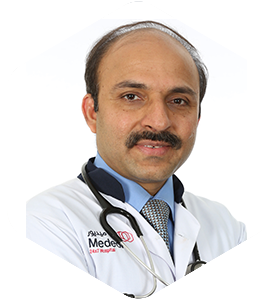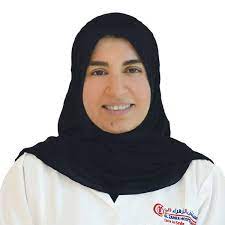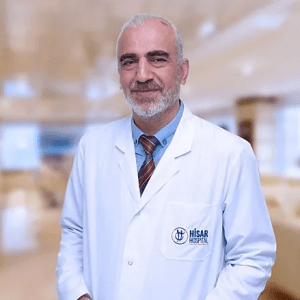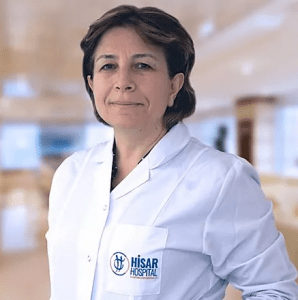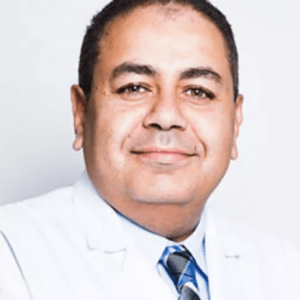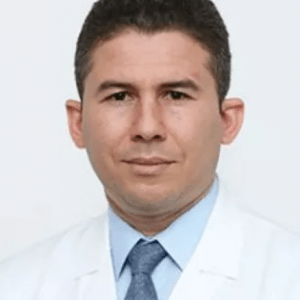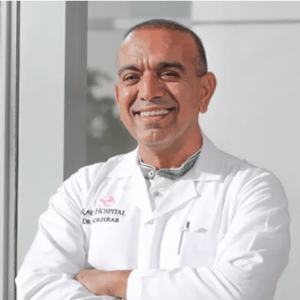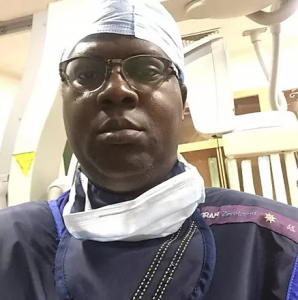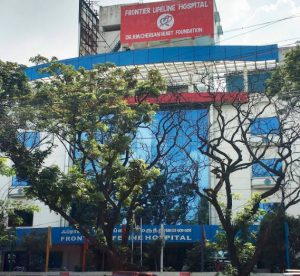Hypoplastic Left Heart Syndrome (HLHS)
Hypoplastic left heart syndrome (HLHS) is a rare congenital heart defect in which the left side of the heart is severely underdeveloped. Hypoplastic left heart syndrome can be diagnosed … Read More
Top Doctors For Hypoplastic Left Heart Syndrome (HLHS) Treatments
Top Hospitals For Hypoplastic Left Heart Syndrome (HLHS) Treatments
Hypoplastic Left Heart Syndrome (HLHS)
What happens during hypoplastic left heart syndrome?
During hypoplastic left heart syndrome, the lower-left chamber that is the left ventricle is unable to receive sufficient blood due to its small size or even in some cases it is not present. Because of this left valves work improperly. Often the smaller size of the main artery is also noticed. In the initial days following the birth, blood is pumped to the other body parts like liver, lungs and lower abdomen through the right side. This transfer is carried through the veins which join the pulmonary artery to the aorta. The blood flows normally through the body till the opening of the ductus arteriosus and the foramen ovale. After a few days, these ducts shut resulting in the ceased blood flow to the body. In the process to keep these open medications are given for continuation of blood flow until eventually surgery is scheduled.Hypoplastic left heart syndrome diagnosis
For diagnosis, certain screening tests are done to uncover the disorders such as prenatal tests and ultrasound which provides clear images of the body parts. These tests are conducted during pregnancy. During the test, the doctor scrutinizes the heart to check the weak pulse. If primary signs are present then other exams are conducted. Echocardiography is a common examination to observe the medical health of babies. Another diagnosis is pulse oximetry screening in which the level of blood oxygen is determined. If the level of oxygen is low then it can be a sign of hypoplastic left heart syndrome.Hypoplastic left heart syndrome treatment
Initially, medicines are prescribed to look for relief. The medicines are given to nourish the muscles of the heart, to reduce blood pressure, and to assist in filtering out the extra fluid of the body. A balanced diet is arranged for them to gain a reasonable weight for this a high-calorie food is normally prescribed. Often a tube is used to supply the food directly to the stomach to lessen the fatigue.Hypoplastic left heart syndrome surgery
The surgeries which constitute the treatment of hypoplastic left heart syndrome are Norwood procedure, Fontan procedure, and bidirectional Glenn shunt procedure.- Norwood procedure- the procedure was first used by Dr. William Norwood in 1981. This surgery of Hypoplastic left heart syndrome consists of three stages of which the Norwood procedure is the first. Stage 1 involves ligation, transaction, and septectomy of the main pulmonary artery. This pulmonary artery is then connected with the Hypoplastic aortic arch. Whereas the repairing of the coarcted portion of the aorta is in progress. To assist the flow of blood the main pulmonary artery is joined with the aorta by creating the aortopulmonary.
It is normally done within 2 weeks of the birth. After the procedure, the colour of the body may still look blue or grey because of the mixture of oxygen-rich and deficient blood in the body. During the Norwood procedure, it is highly important to ensure regular blood flow through the right side of the heart to the body parts thus making it even more difficult.
- Bidirectional Glenn shunt procedure- The second stage includes the disjoint of the pulmonary and systemic flow after pulmonary vascular resistance has shattered. A bidirectional pulmonary shunt is generated following the detachment of the aortopulmonary shunt. This process is known as the bidirectional Glenn shunt procedure. It is conducted within 5-6 months of birth.
- Fontan procedure- Fontan procedure is the third stage in the treatment of hypoplastic left heart syndrome. In this process, the vein which brings blood from the lower parts of the body to the heart is joined to the pulmonary arteries branch. After the completion, the blood flows directly and freely to the lungs from the other body parts. It can be done between the age of 19 months and 3 years. The baby’s body colour is back to normal after full treatment with blood efficiently pumping from both sides.
Hypoplastic left heart syndrome prevention
There is no particular thing to do to avoid hypoplastic left heart syndrome as it is mostly genetic. However, certain precautions can be beneficial like at times of pregnancy consultation will be better regarding the health of the heart. If any member of the family is not treated properly, he must be medicated at once for effective future results. High-calorie food and regular exercise can be helpful as well.Symptoms
Common signs and symptoms involve Weak pulse, difficulty in breathing, rapid breaths, extremely drowsy and intense inactivity, the coldness of feet and hands, improper diet and cyanosis that is the blueish-grey colour of skin. If the rapport between right and left is disconnected, there is a greater risk for them to die or get a shock. The indications of shock are breathing can be rapid, shallow or very slow, weak pulse, the skin will be clammy, lustre lacking eyes and inactivity or ceased movements. It is necessary to know that the baby might or might not be unconscious.
• Rapid breathing or shortness of breath.
• Rapid heartbeat or pounding heart.
• Poor suckling and feeding.
• cold extremities (poor perfusion)
• blue color of the skin, lips and nailbeds (cyanosis)
• weakness
Causes
The genetic causes are prevalent in Hypoplastic left heart syndrome. If one baby is diagnosed with this disease then there is a greater chance for the second baby to get the disease. The cause is vague for this syndrome. Hypoplastic left heart syndrome can be linked to some genetic diseases like HAND1, 6q23, NKX2.5, GJA1 and 10q22. The risk of return of this syndrome is almost 3-4%, though it is more common in homes with at least 2 diseased children.
Along with the incomplete penetration and hereditary modifications, it can be negotiated. It can also occur due to other syndromes like Patau syndrome or trisomy 13, partial trisomy 9, Jacobsen syndrome or 11q deletion syndrome, turner's syndrome, Smith-lemli-Opitz syndrome, Edwards syndrome or trisomy 18 and Holt-Oram syndrome. Some environmental factors are also responsible for hypoplastic left heart syndrome. For example, babies are more likely to have hlhs if they are born in summers which imply that season plays an important role in the occurrence of syndrome.
FAQ
What is the cost of the treatment of hypoplastic left heart syndrome?
The cost of treatment is quite hefty. It differs depending on the duration of stay. In a well-provided hospital, it can range around $7,000 to $11,000 per day plus medications can cost more.
What are the complications of hypoplastic left heart syndrome treatment?
Potential complications include problems of heartbeat, early tiredness in physical activities, blood clots which can lead to pulmonary embolism or even stroke, underdeveloped nervous system or brain, the building of fluids in the lungs, feet, abdomen, hands and legs and a requirement for another surgery of the heart.
How long does the procedure of hypoplastic left heart syndrome take?
The treatment for this heart syndrome is a Norwood procedure which usually takes 6-8 hours. The recovery can take more weeks as the rest for babies and medical attention is important.
How to prepare for the treatment?
Babies do not need any preparation for this treatment as the doctor himself follows the prescription required.
Can the disease be cured?
Yes, it can be cured. Maximum procedures are successful and provide relief. For mild indications, medicines are administered but for severity, many surgeries are available like Norwood procedure.


